Your bumpy stems and the brown leaves are due to two different problems. The bumpy stems are most likely scale although we’d need to see the plant “up close and personal” to be absolutely sure. Not only does scale cause brown dots and scars, but it also causes the grey-black look that we see on the stems here. That is sooty mold, which forms on the plant juices that sucking insects such as scale excrete. The mold isn’t a problem, just a symptom that a sucking insect is at work. Look under the leaves that are above these stems – are there either small tan dots or white cottony things on the underside of the leaves? If so, that confirms that it’s scale. Spray the plant with Horticultural Oil from your local garden center, applying it at least three times this season and coating the stems and underside of the leaves as well.
Cherry laurel is known for getting winter scorched leaves. Winter damage is caused by cold winds and/or sunburn from the sun reflecting off of the snow. The plants that most frequently show winter damage are the broadleaf evergreens such as Cherry Laurel, Rhododendrons, Holly, Camellias etc.
Because these plants have leaves that are scorched, the areas on the foliage that had some leaf spot damage from last summer are more evident. You’ll see dark spots, or white spots where the leaf tissue actually died last summer or fall and now is turning tan or white. On some plants, such as cherry laurel, such dead leaf tissue often drops out and leave holes.
At this point there isn’t anything that you need to do – the plant will drop this scorched foliage this spring and will put on new growth. To help prevent leaf spot in the spring and summer, make sure that the plants aren’t getting hit with water from a sprinkler on a frequent basis, as this is a prescription for leaf-spot fungi. To help protect broadleaf evergreens in advance of winter you can use an anti-desiccant product in October, although in a really cold or snowy winter plants will still show some winter damage.
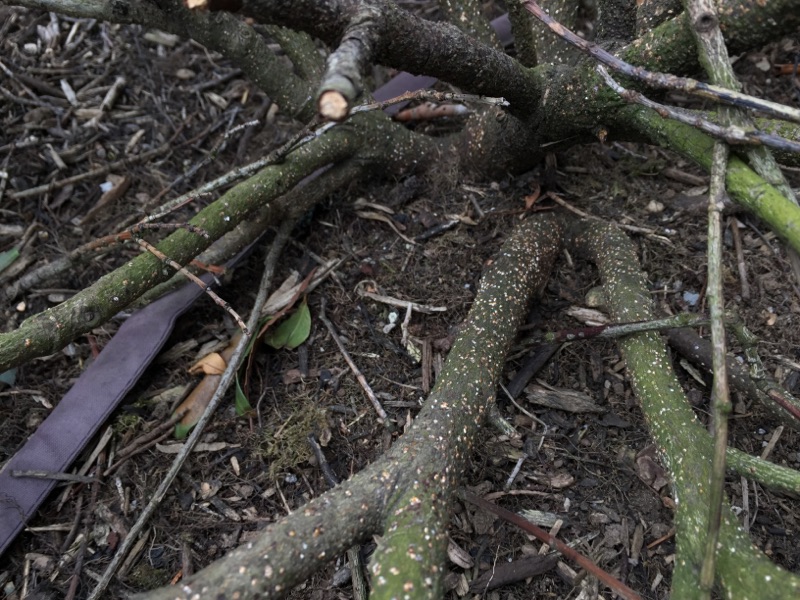
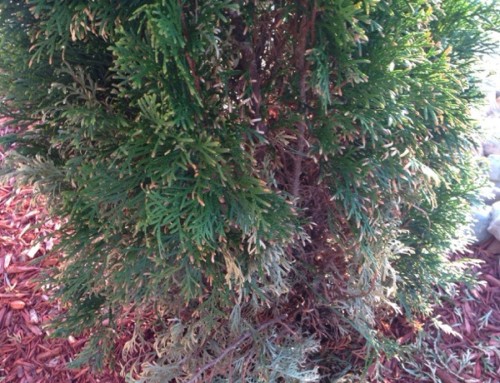
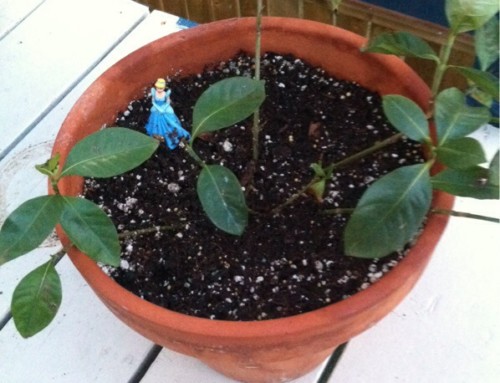
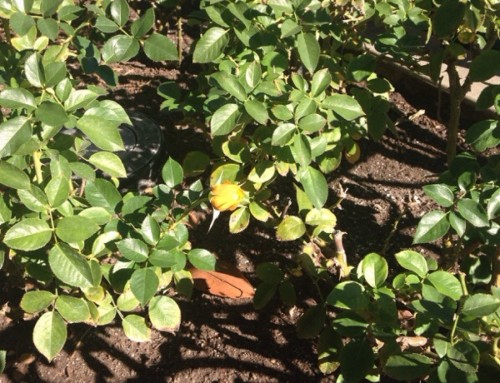
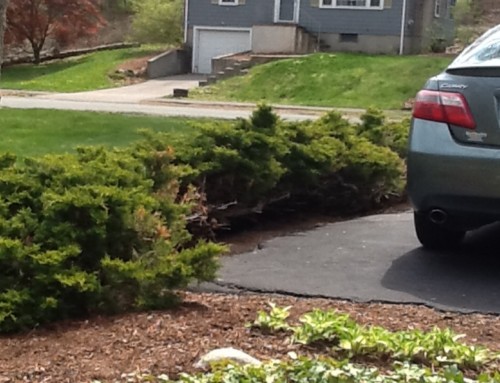
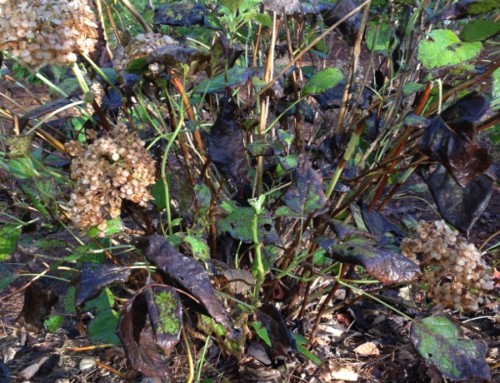
Leave A Comment